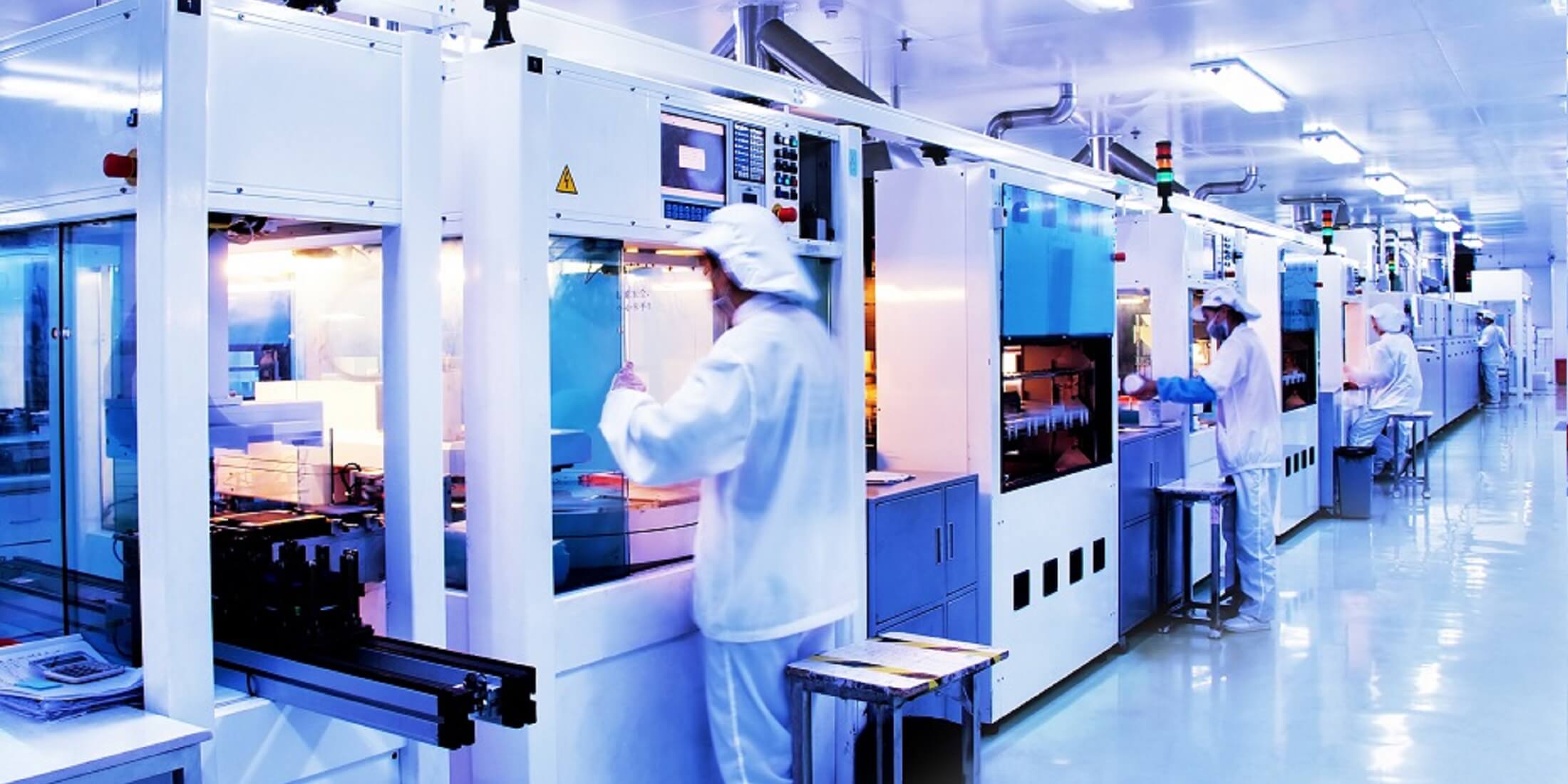The course consists of a mix of lectures, practical cases, demonstrations and hands-on exercises. It includes guidelines, do’s & don’ts and an up-to-date and unbiased overview of currently available vision components/solutions. The course material reflects the many years of practical experience of the trainers both in industry and applied research.
Basic course into all aspects of machine vision as applied in mechatronic systems.
Participants will acquire well-balanced insight of all relevant aspects including imaging (optics, illumination, sensor characteristics), image processing hardware/software and integration aspects of machine vision in an overall system.
The training is available for in-company sessions.
Objective
After completion of the course, the participants understand the essential basics of all aspects of machine vision which enables them to:
- better cooperate with vision specialists;
- set-up main specifications;
- judge the main characteristics and implications of alternative vision solutions on system level;
- choose or steer the development of the optimal vision system.
Target audience
This course is intended for engineers, system designers, architects and project leaders who are involved in the multi-disciplinary development of systems in which vision is applied for geometric measurement, product inspection, identification, alignment, assembly.
Prerequisites: Technical education (BSc or higher).
The course attracts participants from both the Netherlands and abroad, creating an international atmosphere that fosters valuable knowledge exchange. If you're traveling from outside the country, you can find useful travel information here.
Program
Day 1
Imaging: Main characteristics of the main elements in the machine vision system
- Sensor: CCD/CMOS, dynamic range, speed, pixels, ...
- Optics: lens formula, focal length, magnification, depth of focus, resolutions, ...
- Object: shape, surface properties, colour
- Illumination: object-light interaction, basic illumination set ups, light sources and control
Image processing
- Possibilities and limitations of image processing techniques
- Underlying techniques for object localization and geometric measurements (like blob and contour analysis, and pattern matching)
- Calibration of lens system and illumination
- Overview of tools for evaluation and implementation of image processing functionality
Day 2
System aspects
- Accuracy: error sources, error budgeting, calibration, absolute <> relative accuracy
- Speed: speed of sensor, speed of data transport, speed of processing unit, latency
- Integration of machine vision in the overall system
- Possibilities & limitations
Applications: The application examples range from low-cost consumer devices up to high-end industrial vision applications
- 2D optical tracking system
- SMD component mounter
- 3D measurement system
Advanced Topics
- Time of Flight Measurement
- Microsoft Kinect
Methods
Certification
This course is certified by the European society for precision engineering & nanotechnology (euspen) and the Dutch Society for Precision Engineering (DSPE) and leads to the ECP2-certificate.


Remarks from participants


